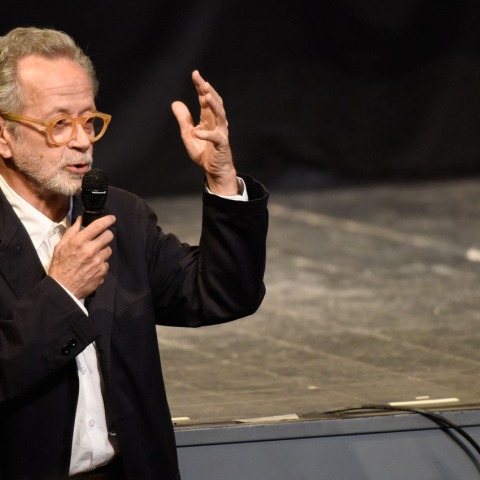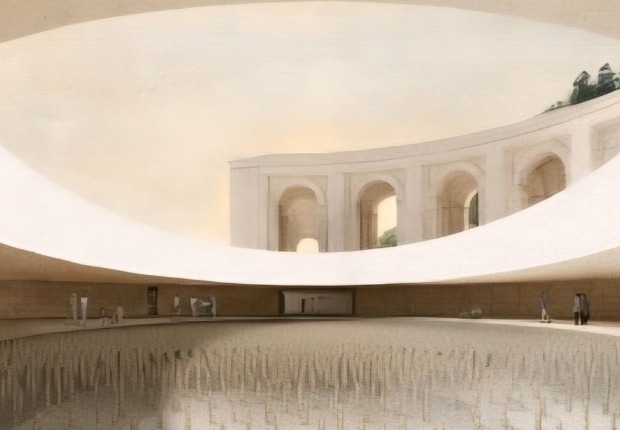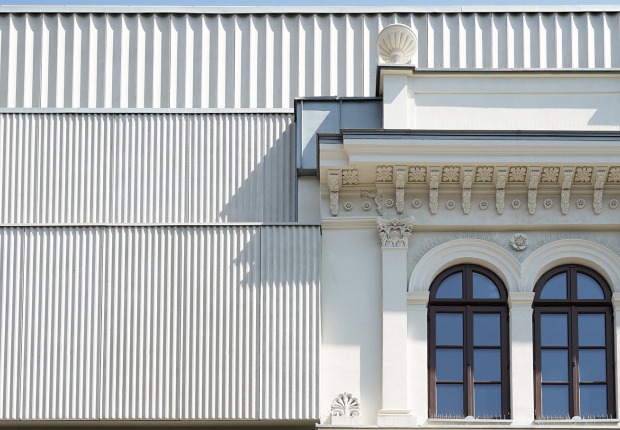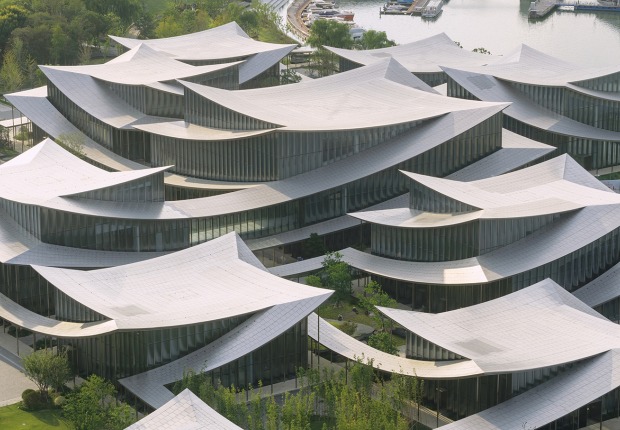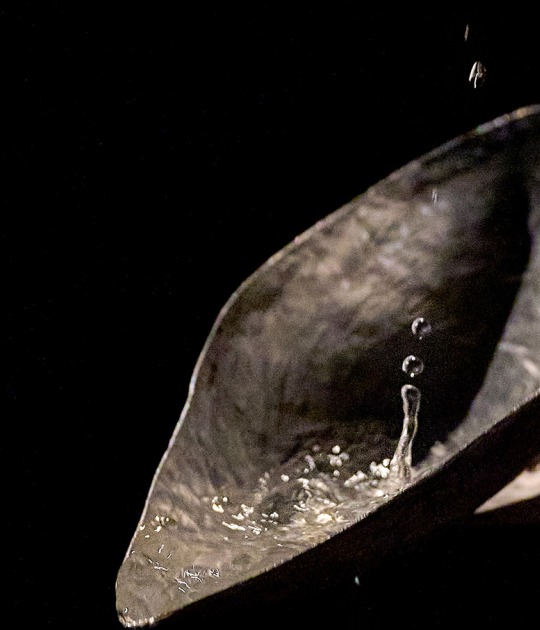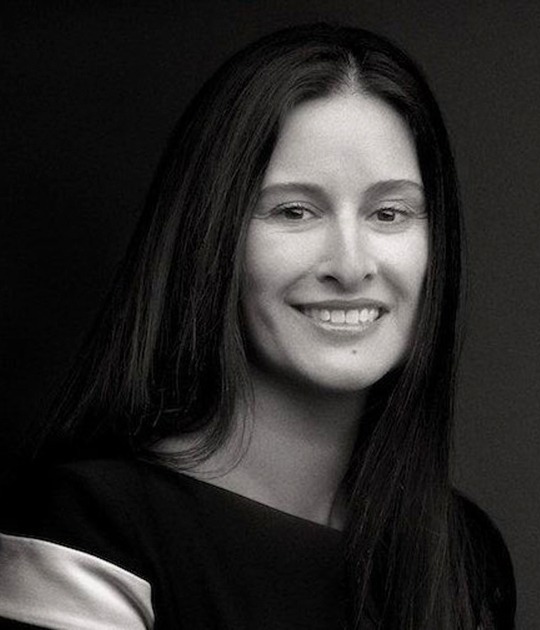In this edition, the festival has had the versatile Fernando Colomo as president of the jury of the official competition and has shown his latest film, Isla Bonita. We were able to chat with him about his period in the school of architecture of Madrid and his vision of the current situation of the profession.
L.M. What influence has your education as an architect in your work as a filmmaker?
F.C. The truth is that many, though not directly. On the one hand it helped me economically, because I could save some money during the 5 years I exercised architecture to make my first film. On the other hand my training as an architect gave me some advantage when planning, to visualize the space, to draw quickly or create more studied storyborads. I have this tools that make me feel comfortable and that in certain films have been fundamental.
L.M. At what point did you decide to change the architecture for cinema?
F.C. The architecture was always for me something provisional. When I finished school I was17 years old and to enter the film school you had to be 21 years old. As I was good at drawing and did not want to be unoccupied for four years, I decided to enter the school of architecture. I was about to leave though, the first two years were the hardest.
L.M. How was your practice as an architect?
F.C. I was a municipal architect in Villadelprado, a town 60 km away from Madrid, for 5 years. Even after making two movies, I did a couple of houses, but it was hard to live with so much bureaucracy. I enjoyed the part of the project, but the paperwork overwhelmed me and the exercise of the profession had nothing creative as municipal architect.
L.M. If today, taking into account the current economic situation, you had to decide between cinema or architecture, which profession would you choose?
F.C. I would take the movies, but lately I'm looking forward to having some free time to develop a project I did in third year, some single-family homes inspired by Moshe Sadfie's project, Habitat 67, and the HELE module by Rafael Leoz. I developed the idea with chalks and Lego pieces (all the shopping centers in Madrid ran out of Lego pieces because of be). Today I have only one photo of the model and I am looking forward to having time to build it and project it again.
L.M. Why do you think there has been so much relationship between film and architecture?
F.C. The architect itself has a fascination for film. I remember that back in school the students were very fond of cinema, like an enjoyable subject. In my early days as a filmmaker I called some older colleagues already working as architects such as Higueras and Miró who were involved in my projects and helped me finance my first films.
However, it is true that there are not many cases of architects who have gone to the movies. In Spain, it is also Juan Bollaín and I remember at the time Ricardo Bofill made a short film called Circles, very aesthetic, without dialogues.
L.M. Do you follow architecture's news?
F.C. In recent years I have followed architecture with concern and some anger. It seems that more people are participating of architecture, but the architecture of star architects, who are projecting sculptures inhabited inside. All that obscene display of architectural power, leads to the service of today's society, an unequal and consume society. They are pharaonic works, as a symbol of that power.
On the other hand I see the contrary, young architects mainly, who make cheap and intelligent architecture adapted to the environment. If I were now an architect., I would worry about energy sustainability, passive houses, things that did not appear when I was studying.
L.M. Which of the two professions you see a more promising future in Spain?
F.C. Both are in a terrible situation. The difference is that architecture has gone from 100 to 0. Cinema has always been in crisis and has adapted to the different difficulties.
F.C. The truth is that many, though not directly. On the one hand it helped me economically, because I could save some money during the 5 years I exercised architecture to make my first film. On the other hand my training as an architect gave me some advantage when planning, to visualize the space, to draw quickly or create more studied storyborads. I have this tools that make me feel comfortable and that in certain films have been fundamental.
L.M. At what point did you decide to change the architecture for cinema?
F.C. The architecture was always for me something provisional. When I finished school I was17 years old and to enter the film school you had to be 21 years old. As I was good at drawing and did not want to be unoccupied for four years, I decided to enter the school of architecture. I was about to leave though, the first two years were the hardest.
L.M. How was your practice as an architect?
F.C. I was a municipal architect in Villadelprado, a town 60 km away from Madrid, for 5 years. Even after making two movies, I did a couple of houses, but it was hard to live with so much bureaucracy. I enjoyed the part of the project, but the paperwork overwhelmed me and the exercise of the profession had nothing creative as municipal architect.
L.M. If today, taking into account the current economic situation, you had to decide between cinema or architecture, which profession would you choose?
F.C. I would take the movies, but lately I'm looking forward to having some free time to develop a project I did in third year, some single-family homes inspired by Moshe Sadfie's project, Habitat 67, and the HELE module by Rafael Leoz. I developed the idea with chalks and Lego pieces (all the shopping centers in Madrid ran out of Lego pieces because of be). Today I have only one photo of the model and I am looking forward to having time to build it and project it again.
L.M. Why do you think there has been so much relationship between film and architecture?
F.C. The architect itself has a fascination for film. I remember that back in school the students were very fond of cinema, like an enjoyable subject. In my early days as a filmmaker I called some older colleagues already working as architects such as Higueras and Miró who were involved in my projects and helped me finance my first films.
However, it is true that there are not many cases of architects who have gone to the movies. In Spain, it is also Juan Bollaín and I remember at the time Ricardo Bofill made a short film called Circles, very aesthetic, without dialogues.
L.M. Do you follow architecture's news?
F.C. In recent years I have followed architecture with concern and some anger. It seems that more people are participating of architecture, but the architecture of star architects, who are projecting sculptures inhabited inside. All that obscene display of architectural power, leads to the service of today's society, an unequal and consume society. They are pharaonic works, as a symbol of that power.
On the other hand I see the contrary, young architects mainly, who make cheap and intelligent architecture adapted to the environment. If I were now an architect., I would worry about energy sustainability, passive houses, things that did not appear when I was studying.
L.M. Which of the two professions you see a more promising future in Spain?
F.C. Both are in a terrible situation. The difference is that architecture has gone from 100 to 0. Cinema has always been in crisis and has adapted to the different difficulties.
